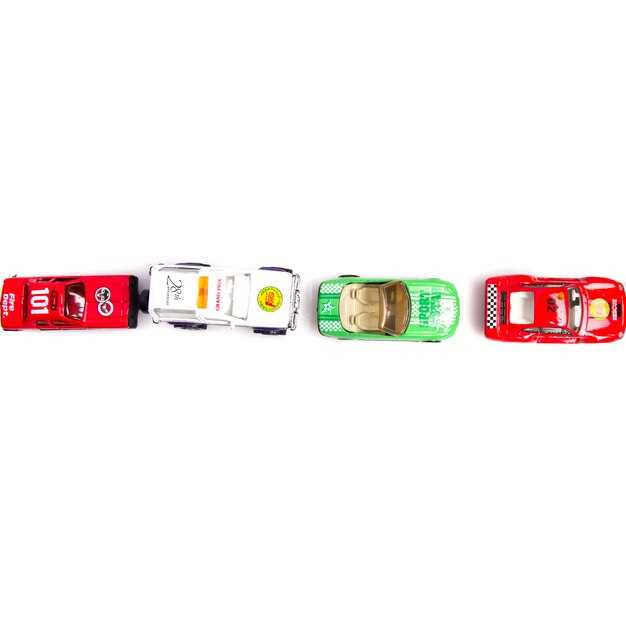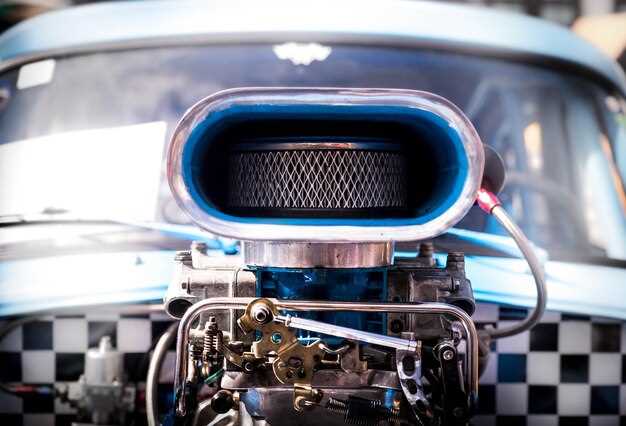
In the world of drag racing, achieving optimal traction is crucial for maximizing performance, particularly in high-torque machines. The rear-end setup of a drag racing car plays a pivotal role in how power is transferred to the ground, affecting acceleration and overall speed. Selecting the right components and configuration can mean the difference between a podium finish and a disappointing pass down the strip.
High-torque drag racing cars require rear-end setups that can handle immense power while maintaining stability and control during launch. Characteristics such as gear ratios, differential type, and suspension alignment must be carefully considered to ensure the wheels grip the asphalt effectively. An ideal setup enhances the car’s ability to harness torque without excessive wheelspin, which can hinder performance.
This article dives into the most effective rear-end configurations for high-torque drag racing vehicles, exploring various options that cater to different race conditions and driver preferences. From advanced limited-slip differentials to tailored suspension adjustments, understanding these setups will empower racers to optimize their cars for maximum traction and speed on the drag strip.
Choosing the Right Gear Ratio for Maximum Traction

When it comes to high-torque drag racing cars, selecting the appropriate rear gear ratio is critical for achieving maximum traction. The gear ratio determines how many times the driveshaft turns for each rotation of the rear differential, directly influencing acceleration and stability during launches.
A lower gear ratio, such as 3.23:1, will allow for quicker acceleration off the line, making it suitable for tracks where achieving a fast start is essential. Conversely, a higher gear ratio, like 4.11:1, is optimal for top-end speed but may sacrifice some initial traction. The trade-off between these ratios stems from the need to optimize engine power delivery while ensuring tires maintain grip on the racing surface.
Selecting the right gear ratio also depends on various factors, including tire size, engine RPM, and the specific characteristics of the racetrack. Taller tires will effectively reduce the final drive ratio, which can lead to wheel spin during launch if the ratio isn’t adjusted accordingly. Assessing the car’s power band and ensuring that the engine is in its optimal RPM range when launching will help enhance traction significantly.
It is crucial to consider the setup of the rear differential too. Limited-slip differentials can enhance traction by distributing power equally to both rear wheels, further complementing the selected gear ratio. This balance ensures that both wheels are engaged during acceleration, reducing the likelihood of one tire spinning faster than the other and losing traction.
Ultimately, experimenting with different gear ratios and differential types during testing can help determine the ideal combination for each specific drag race scenario. Proper calculation and adjustment can lead to improved launch consistency and reduced ETs, making the right gear ratio a pivotal aspect in high-torque drag racing performance.
Types of Rear Differentials for Optimized Power Delivery
In high-torque drag racing cars, the choice of rear differential plays a crucial role in maximizing traction and ensuring optimized power delivery to the wheels. Different types of rear differentials offer unique advantages that can significantly impact performance on the track.
One of the most common types is the open differential, which allows wheels to rotate at different speeds during turns. While this offers good agility in cornering, it can lead to power loss during acceleration when one wheel loses traction. This configuration is less effective for drag racing, where constant and maximum grip is essential.
The limited-slip differential (LSD) provides a solution by transferring torque to the wheel with more traction when slip is detected. This mechanism is critical in drag racing, as it maintains power delivery even when one wheel encounters less grip. Various designs exist, including clutch-type and gear-type LSDs, each providing different levels of performance based on the vehicle setup and racing conditions.
For ultimate traction and efficiency, locking differentials can be employed. When engaged, all wheels rotate together, ensuring that power is distributed evenly. This is especially useful during hard launches, as it minimizes wheel spin and maximizes acceleration. However, the challenge lies in managing the differential engagement mechanism for optimal performance on both straight and curvy tracks.
Another advanced option is the electronic or dynamic differential, which can adjust itself in real-time based on input from the vehicle’s traction control system. This technology allows for precise power distribution, adapting to track conditions and driver inputs instantaneously, providing a significant edge in competitive scenarios.
Ultimately, the choice of differential type impacts the overall drag racing strategy. Each configuration offers varying degrees of grip and power management, making it vital for racers to select the one that aligns with their specific performance goals and car setup.
Tuning Suspension to Enhance Launch Performance

Optimizing suspension settings is crucial for improving launch performance in high-torque drag racing cars. The rear suspension plays a significant role in managing the weight transfer during acceleration, which impacts traction and stability. By fine-tuning the rear suspension components, racers can create an effective setup that maximizes grip during the critical moment of launch.
One key aspect to consider is the choice of rear shocks and springs. Stiffer spring rates can help keep the rear end from squatting too much under acceleration, maintaining optimal contact with the ground. However, it is essential to strike a balance; overly stiff springs may lead to loss of traction. Adjusting shock damping settings can further refine the balance between firmness and flexibility, enabling the differential to effectively distribute power to the wheels without excessive wheel spin.
The type of rear differential also influences launch performance significantly. A limited-slip differential can provide enhanced traction by allowing power to be delivered to the wheel with the most grip, thus preventing one wheel from slipping excessively. Additionally, ensuring the differential is correctly geared can optimize torque delivery, enhancing acceleration off the line.
Weight distribution must also be considered when tuning the suspension. Adjusting the position of components, such as relocating batteries or adding ballast to the rear, can help achieve a favorable rearward weight bias. This setup aids in maximizing traction during launches by promoting better weight transfer to the rear tires without compromising stability.
Finally, regular testing and tuning will be necessary to refine the suspension setup further. Conditions such as track surface and temperature can affect how the car launches, so being responsive to these variables will ensure the best performance during competitive racing. A focused approach to tuning the rear suspension and differential will yield the best results in enhancing launch performance.



